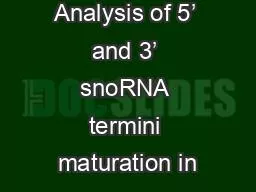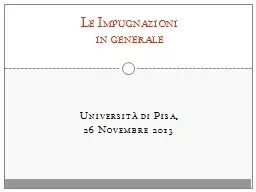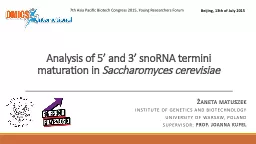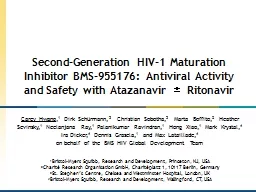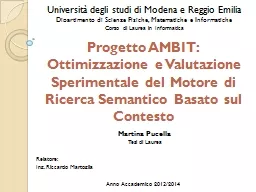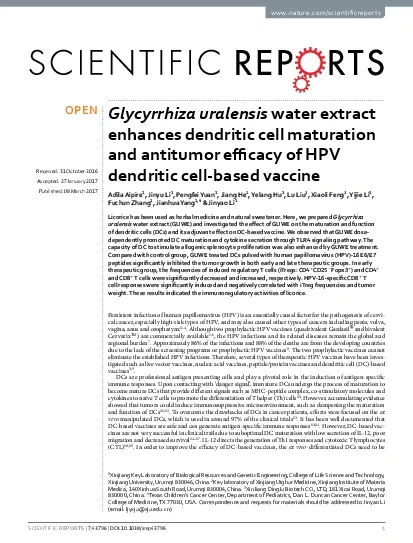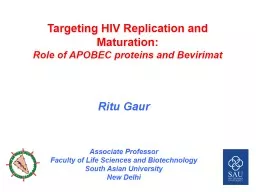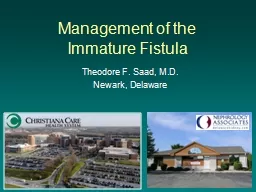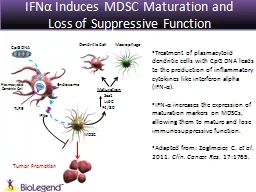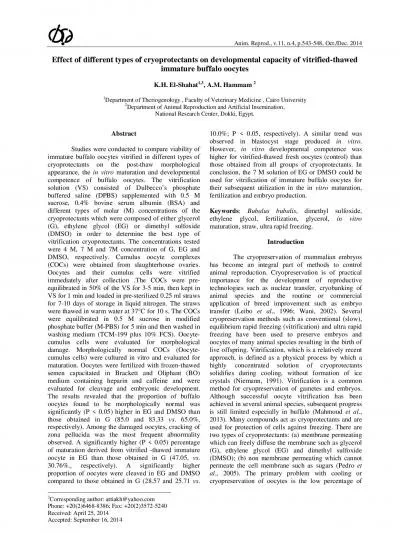PPT-Analysis of 5’ and 3’ snoRNA termini maturation in
Author : araquant | Published Date : 2020-11-06
Saccharomyces cerevisiae Ż aneta Matuszek Institute of Genetics and Biotechnology University of Warsaw Poland Supervisor Prof Joanna Kufel 7th Asia Pacific Biotech
Presentation Embed Code
Download Presentation
Download Presentation The PPT/PDF document "Analysis of 5’ and 3’ snoRNA termini..." is the property of its rightful owner. Permission is granted to download and print the materials on this website for personal, non-commercial use only, and to display it on your personal computer provided you do not modify the materials and that you retain all copyright notices contained in the materials. By downloading content from our website, you accept the terms of this agreement.
Analysis of 5’ and 3’ snoRNA termini maturation in: Transcript
Download Rules Of Document
"Analysis of 5’ and 3’ snoRNA termini maturation in"The content belongs to its owner. You may download and print it for personal use, without modification, and keep all copyright notices. By downloading, you agree to these terms.
Related Documents

